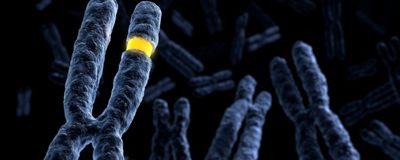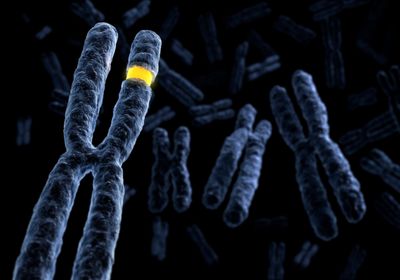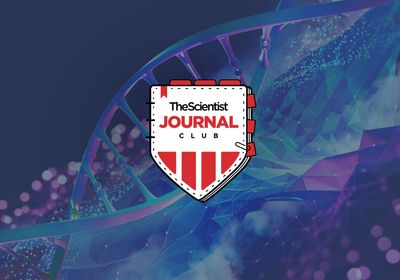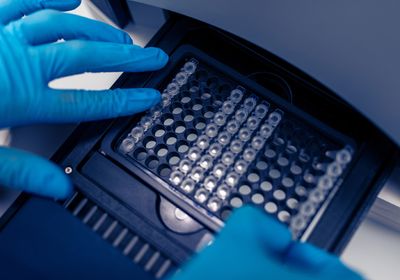ABOVE: Chromosomes carry the genetic information of an organism. In Down syndrome, an extra copy of chromosome 21 is inherited, causing the overexpression of its genes. ©ISTOCK, fpm
Down syndrome occurs when an embryo inherits an extra copy of chromosome 21, leading to overexpression of the genes it carries.1 Scientists have yet to explore how these extra gene copies drive Down syndrome, but a team of geneticists led by Katherine Waugh at the University of Colorado recently revealed the part played by four interferon receptor genes. In a mouse study published in Nature Genetics, they outlined the influence of these genes, suggesting that it may become possible to ease Down syndrome’s co-occurring conditions by blocking interferon signaling.2,3
“I’m not trying to fix Down syndrome or prevent it,” said Waugh. “I’m trying to help everyone with Down syndrome live their happiest, healthiest lives.”
Interferons are proteins secreted from cells that signal the immune system to fight cancer and infections.4 Extra copies of interferon receptors boost interferon signaling in cells of people with Down syndrome, but it was not clear whether this contributes to developmental changes.5
See also “Why Viral Infections Are More Severe in People with Down Syndrome”
In search for a causal link, the researchers turned to the Dp16 mouse model of Down syndrome. It’s challenging to model Down syndrome since the genes on the human chromosome 21 are spread across three different chromosomes in mice. The mouse chromosome 16 carries the largest fraction of these genes, 120 of which have extra copies in the Dp16 mouse, including the cluster of four interferon receptor genes that Waugh wanted to explore. Dp16 is less severe than other mouse models of Down syndrome, and Waugh noted that these mice vary in the characteristics they display, nicely mimicking the range of severity seen in people with the syndrome.
By using CRISPR-Cas9 technology, the team deleted the four interferon receptor genes in Dp16 mice to determine whether they contribute to developmental changes. “We deleted 192 kilobases out of a chromosome in the mouse, which is not a small feat nowadays, and it certainly wasn’t when we embarked on this process years ago,” said Kelly Sullivan, a researcher at the University of Colorado and coauthor of the study.
Dp16 mice experienced various development changes in the heart, such as fusion of the left and right atria. The team showed that the interferon receptor genes were culprits in this aberrant development since mice lacking the extra genes were less likely to develop these heart conditions. Deleting these genes also prevented developmental changes in the brain and skull that were common in the model, including eye-twitching and a short skull.
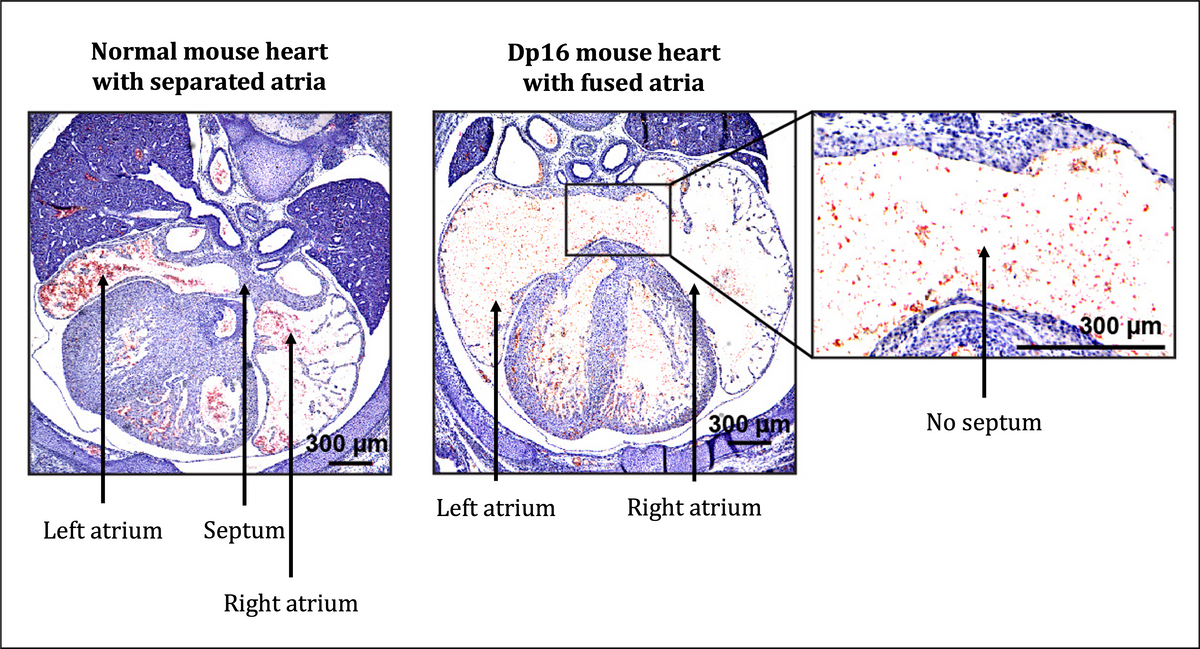
The team also tested the cognitive abilities of the mice as learning and memory are commonly affected in people with Down Syndrome.6 The researchers challenged the mice to locate a hidden platform in a circular tub filled with water. The platform’s position changed before each session, and the team determined how quickly the mice clocked this change by tracing their swim routes.
For Joaquin Espinosa, a researcher at the University of Colorado and study coauthor, the Dp16 mice with the extra interferon genes learned more slowly to avoid checking the previous position, indicating that the extra gene copies are linked to cognitive difficulties.
These conditions were only partially reverted by deleting the extra genes, suggesting that extra copies of other genes contribute to the phenotype too. “It’s hard to completely weigh the influence of interferon receptor genes alone without the context of all other genes present on chromosome 21,” said Dusan Bogunovic, an immunologist with the Icahn School of Medicine at Mount Sinai who was not involved with the work. “We simply need to go one-by-one” deleting each extra gene, he said. “Even that does not give a full answer because genes work in epistasis with each other; they influence each other.”
See also “Study Points to Novel Role for Microglia in Down Syndrome”
The findings reveal that the developmental changes seen in Dp16 mice are triggered by extra copies of interferon receptor genes; it is still unknown whether these genes have a similar effect in humans. Clinical trials that block interferon signaling can test the cause-effect relationship in people, Espinosa said.
These results also have important implications for the potential effects of interferon signaling on fetal development as they may explain changes in the heart observed in people born to mothers with autoimmune lupus.7
References
- Hultén MA, et al. On the origin of trisomy 21 Down syndrome. Molecular Cytogenetics. 2008;1,21.
- Waugh KA, et al. Triplication of the interferon receptor locus contributes to hallmarks of Down syndrome in a mouse model. Nat Genet. 2023; 55:1034–1047.
- Damsky W, et al. The emerging role of Janus kinase inhibitors in the treatment of autoimmune and inflammatory diseases. J Allergy Clin Immunol. 2021;147(3):814–826.
- Barrat FJ, et al. Interferon target-gene expression and epigenomic signatures in health and disease. Nat Immunol. 2019; 20(12):1574-1583.
- Sullivan KD, et al. Trisomy 21 consistently activates the interferon response. Elife. 2016;5:e16220.
- Godfrey M & Lee NR. Memory profiles in Down syndrome across development: a review of memory abilities through the lifespan. J Neurodevelop Disord. 2018;10,5
- Vinet É, et al. Increased congenital heart defects in children born to women with systemic lupus erythematosus: results from the offspring of Systemic Lupus Erythematosus Mothers Registry Study. Circulation. 2015; 131(2):149-156.
